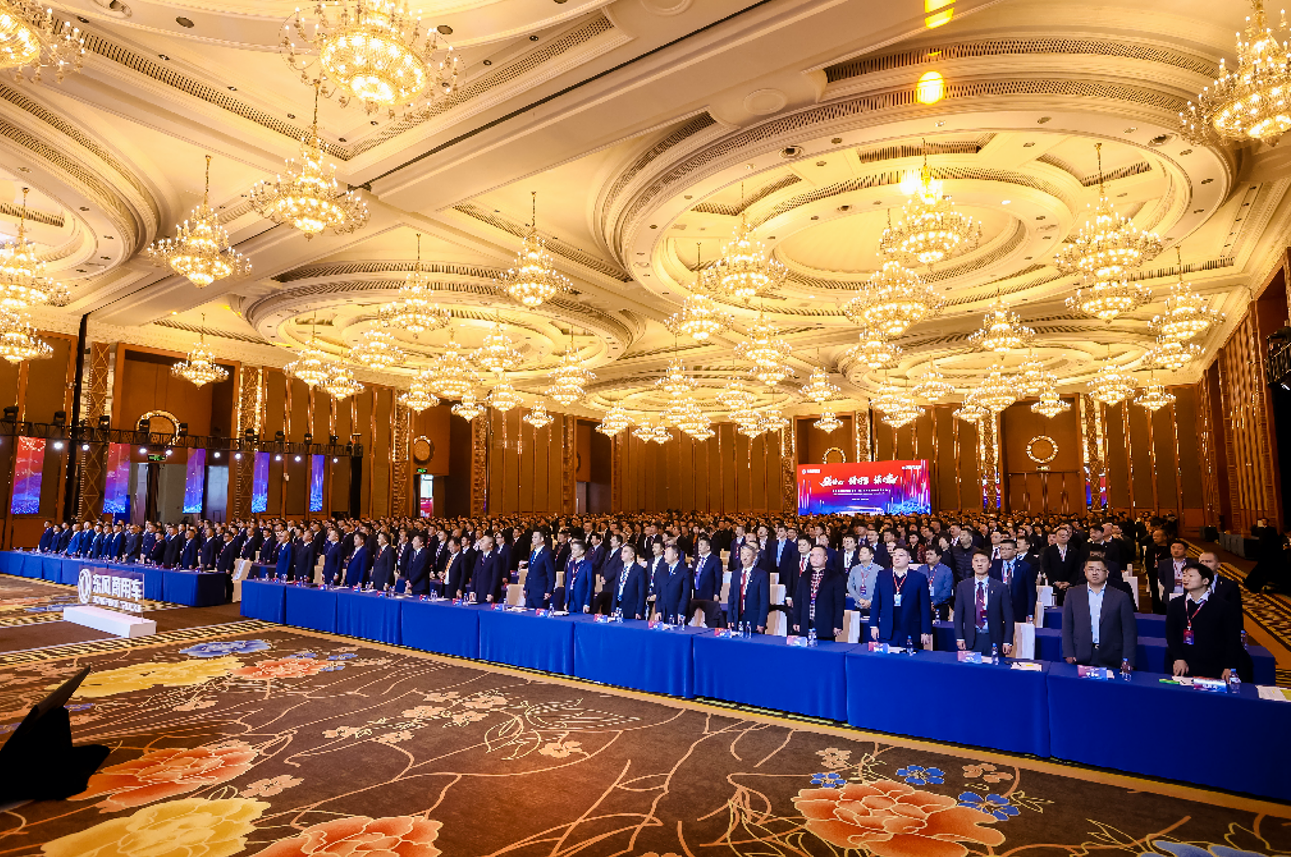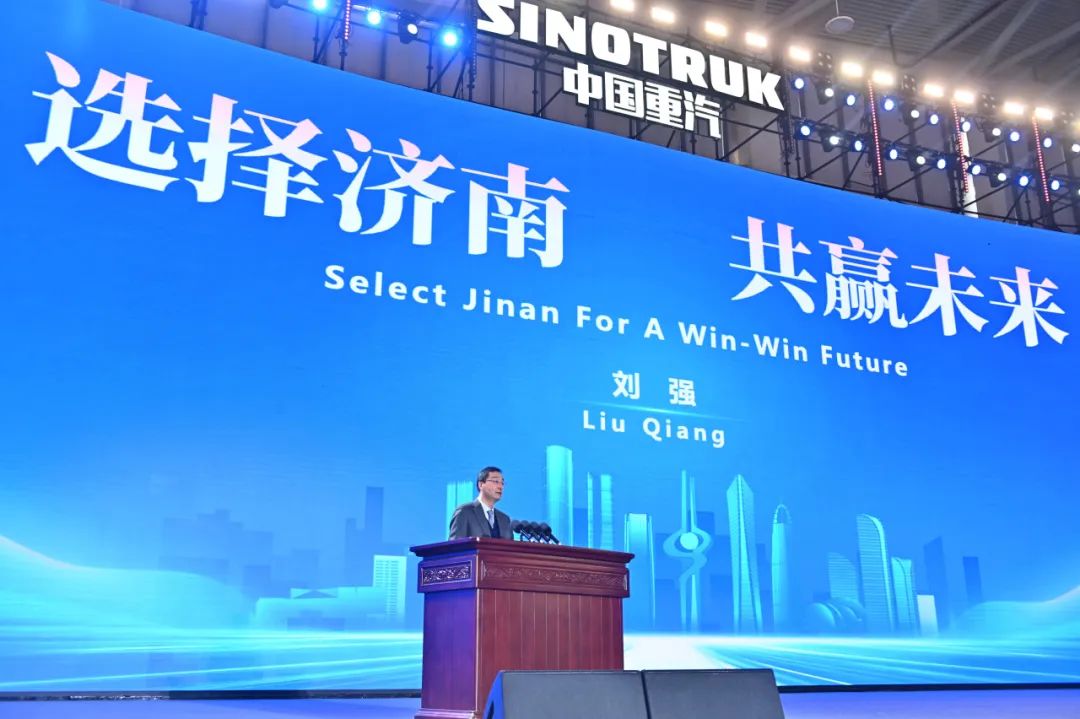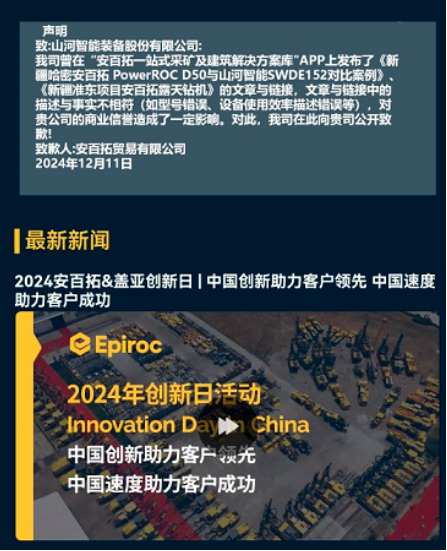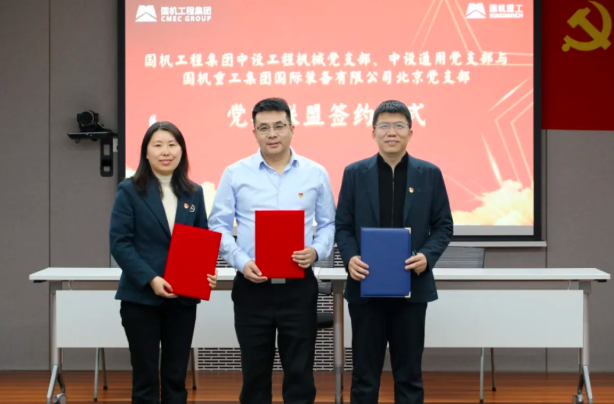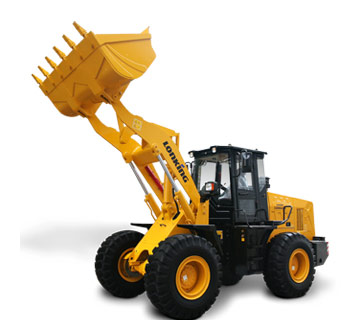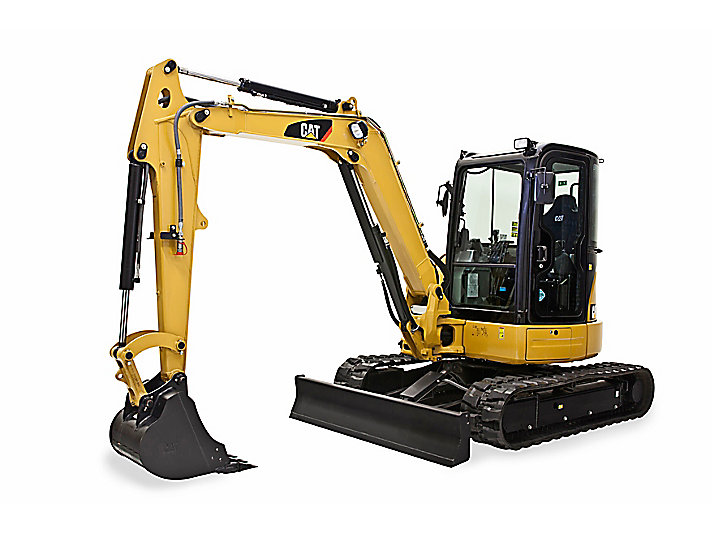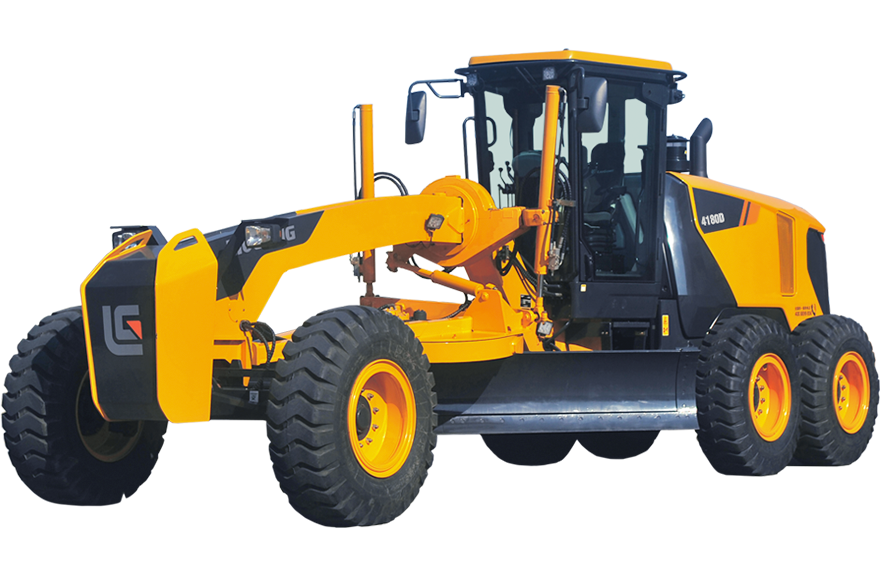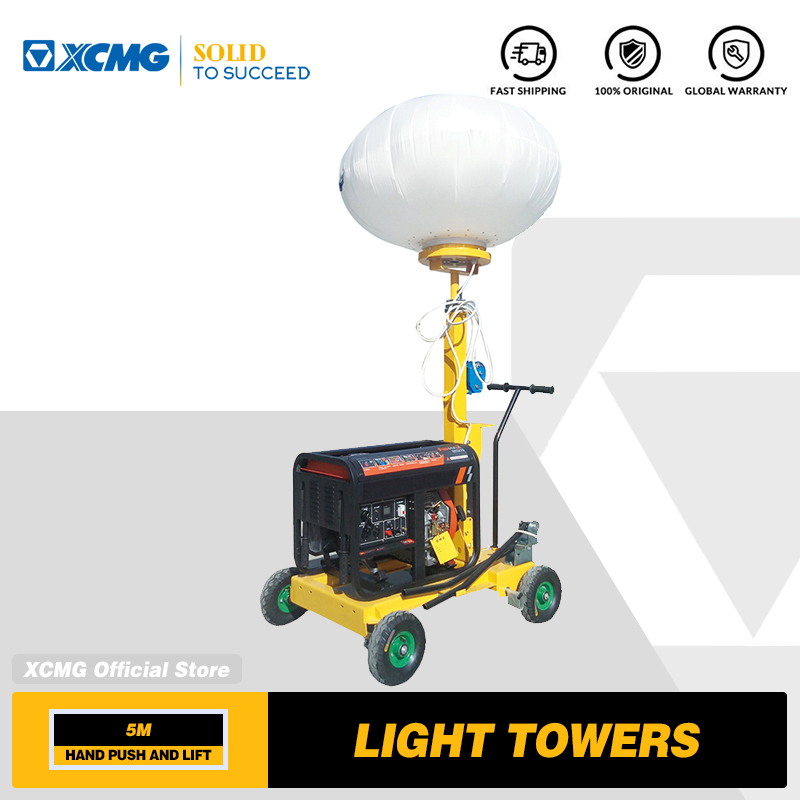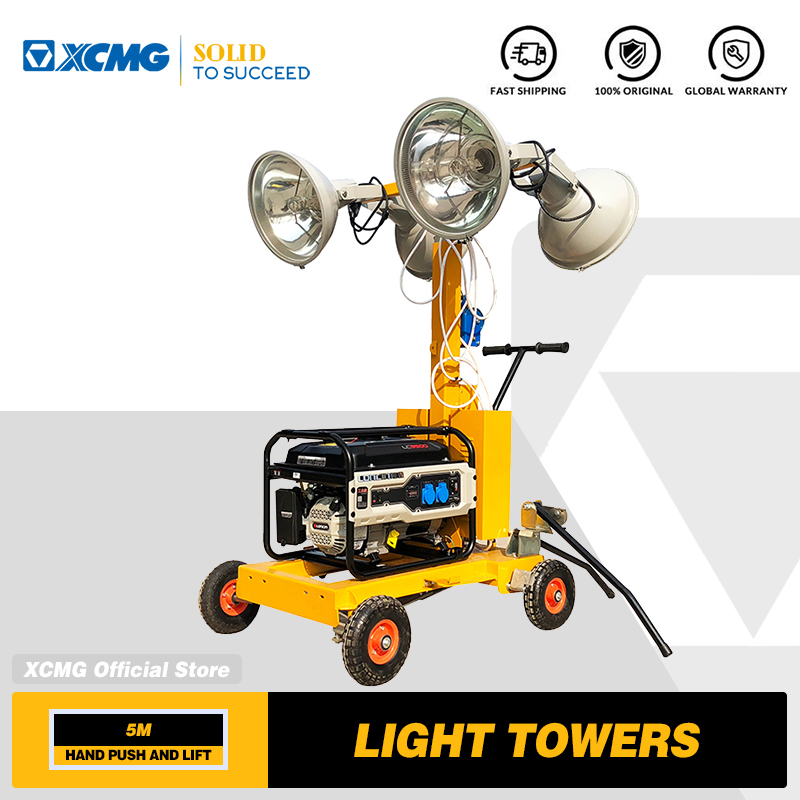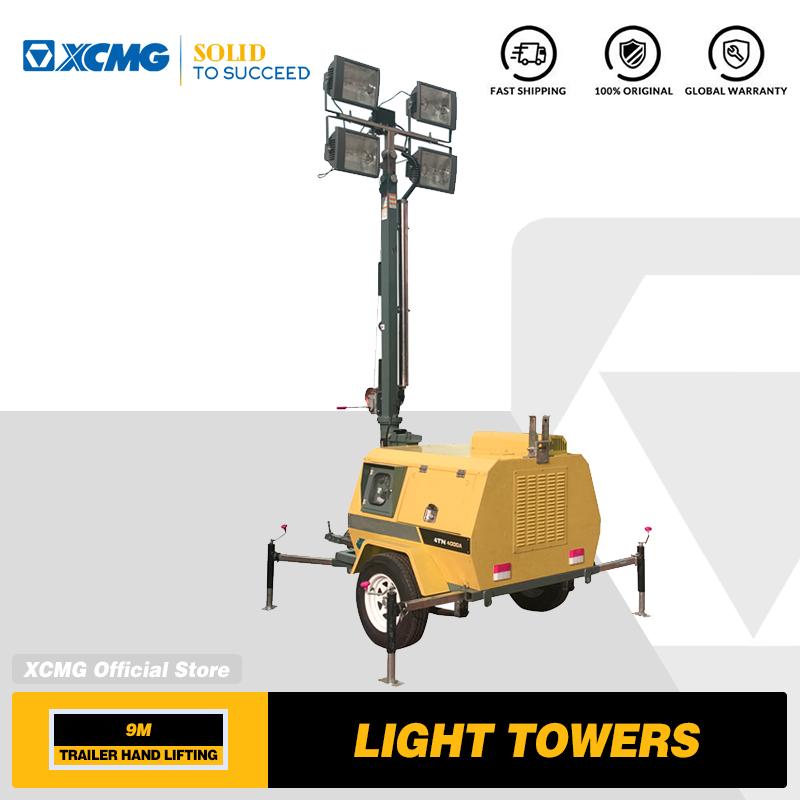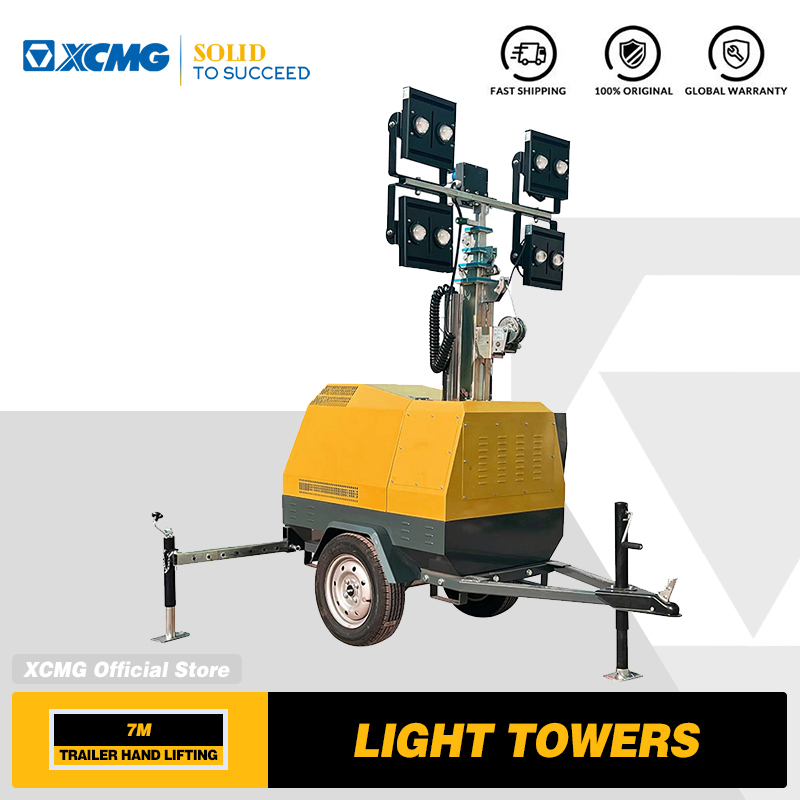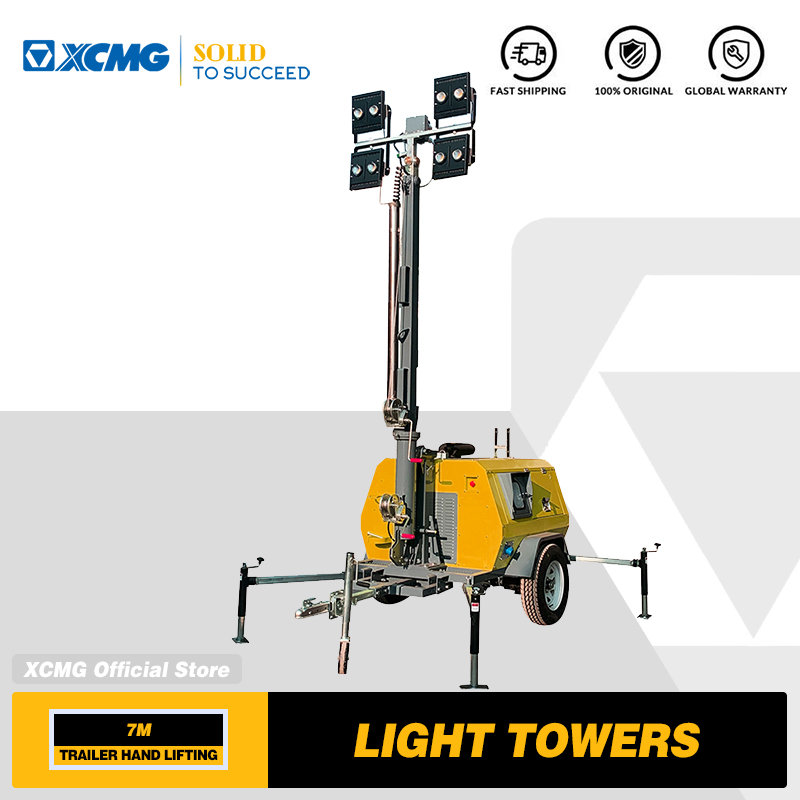Sandvik is now reorganizing its tool business to further strengthen its position within future digital solutions, also known as Industry 4.0, says CEO of Sandvik Stefan Widing.
Share
Tweet
Share on Facebook
Share on LinkedIn
The smart factory is the heart of Industry 4.0. Thus Sandvik is carrying out a reorganization with the aim of expanding digital technology to make customers even more productive and sustainable. Sandvik Machining Solutions, the business area for metal-cutting processing, has changed its name to Sandvik Manufacturing and Machining Solutions and has been divided into two separate business area segments: Sandvik Machining Solutions and Sandvik Manufacturing Solutions.
One of the purposes of the reorganization is to create new business opportunities
The Sandvik Machining Solutions business area segment includes the traditional tool business and brands such as Sandvik Coromant, Walter, Wolfram, Seco and Dormer Pramet. Sandvik Manufacturing Solutions will focus on related technologies and digital solutions, including the divisions for Metrology, Additive Manufacturing (3D printing) and Design and Planning Automation. Common to these is that they are expected to grow strongly and that current providers of these services are often not Sandvik’s existing competitors.
“One of the purposes of the reorganization is to create new business opportunities,” says Stefan Widing, CEO of Sandvik. “The new Sandvik Manufacturing Solutions segment strengthens our position within digital manufacturing and contributes to our market-leading position. These areas need a dedicated focus and to some extent a different direction. They are often smaller, with characteristics of software companies, rather than the manufacturing industry. To run them successfully, a different governance model is required.”
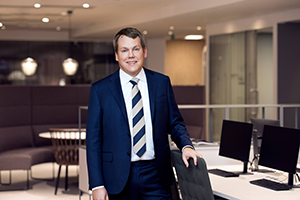 Stefan Widing
Stefan Widing
To emphasize its strategic importance, Widing will himself lead Sandvik Manufacturing Solutions for a year, starting on January 1, 2021, in parallel with his role as CEO. He explains: “This is because it is a very important area for the future. It is broad and complex and will require investments through acquisitions in areas such as metrology, planning tools, tool data management and 3D printing. If and when we find the right company, we must be able to act quickly.”
Continued digitization
Digitization continues to be a focus area for the core business as well. “Our core business in metal cutting is on a journey from only providing tools to providing complete solutions, including everything from sensors and connected tools that exchange data via the cloud to digitized planning tools,” Widing says.
“We have long had a business model where we are a world leader in helping customers choose tools and process components efficiently. That knowledge is in the heads of employees. Now we need to capture that knowledge and build it into digital tools in an information loop that can constantly improve processing in real time.”
High growth ambitions
Digitization means that experiences and knowledge from manufacturing are shared in real time, both internally and externally and between people and machines. The growth ambitions in the digital area are high, within both Sandvik Manufacturing Solutions and Sandvik Machining Solutions. The 2025 target for the business area segments is to have total sales of SEK 5 billion connected to digital solutions and services.
“It is not a big number for Sandvik as a group, but it is an important area for the future and partly a new position for us,” Widing says. “We have a history of innovation, so this is a natural extension of our heritage in engineering.”
What are the growth opportunities?
“We already have a broad customer portfolio,” Widing explains, “so it’s more about selling more to existing customers than finding completely new ones. Sandvik Machining Solutions should be able to grow as fast as the market organically, and with acquisitions we should be able to grow faster than the market.”
What are the main challenges for Sandvik to succeed in Industry 4.0?
“The availability of good acquisition prospects, and the battle for both skills and acquisitions will be fierce,” he says. “We have a strong balance sheet that allows us to be offensive and a profitable core business that provides a good foundation. When we acquire and create new businesses, it is important to take care of them and make them grow. We need to understand the dynamics and how to manage and reward that type of business to create growth.”
How will the two new business area segments work together and benefit from each other?“Their main task will be to grow their respective businesses,” he says. “They must work together and find synergies where it is logical and where both feel that it is positive. It could, for example, be about handling tool data, where there is a business benefit. Connecting tools with metrology is still quite unusual, but we believe in it and it will gradually happen, say within five or ten years. This industry takes time to change.”
Part of the transition to Industry 4.0 is about attracting employees with the right skills. “We have a flat organization structure and a modern way of working that is attractive for that type of talent. Therefore new, agile ways of working have come very naturally to us.”
We have also come far with digitization in many areas and are at the forefront of the digitization of mines
Sandvik has been around for almost 160 years. With that legacy – and given Sandvik’s size – is it possible to be as fleet-footed as is required in a digital world? Is it possible to be “both old and new”?
“This is why we are pushing so hard for increased decentralization, where each decision-making unit can act as an independent smaller company,” Widing says. “At a group level, we have already come a long way in delegating responsibility locally.”
“We have also come far with digitization in many areas and are at the forefront of the digitization of mines. Another example of how we use new digital technology to become even more efficient and more flexible is our facility in Gimo, which has been named a pioneer in Industry 4.0 by the World Economic Forum.”
Learn more: Sandvik Coromant plant recognized as advanced Industry 4.0 site
The digital solutions linked to smart factories and Industry 4.0 have great potential to change industries other than manufacturing, Widing says. The mining industry, for example, which is so important to Sandvik, is undergoing major changes with the automation of mines, self-driving autonomous machines, electrification and connected equipment. The result is a huge productivity boost that also benefits the surrounding environment and employees’ situation.
The process and energy industries benefit from digitized, connected solutions from the Sandvik Materials Technology business area, including intelligent tube systems that provide self-diagnosis and send data via the cloud.

 Stefan Widing
Stefan Widing